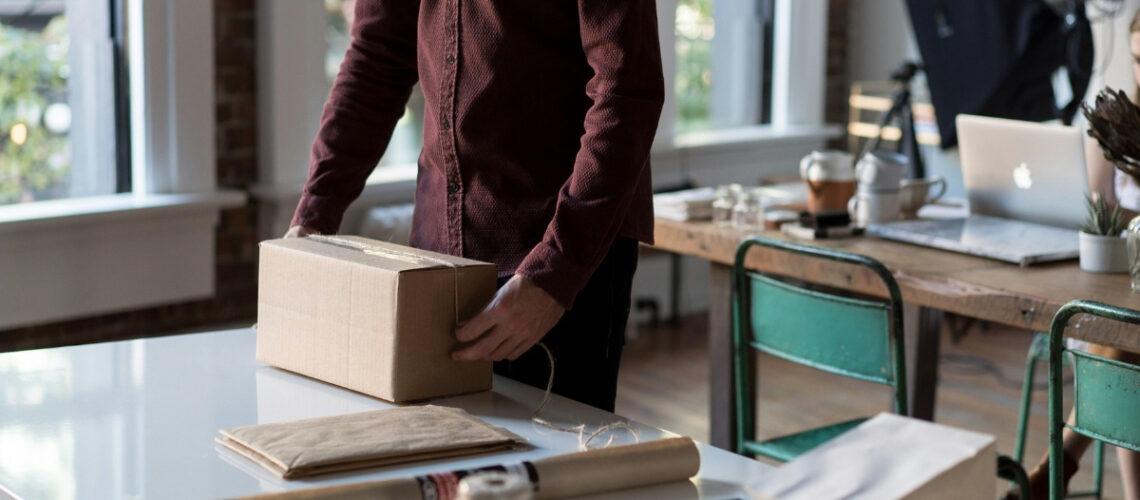In an era where environmental consciousness is at the forefront of consumer concerns, the packaging industry is undergoing a transformative shift towards sustainability. As consumers become increasingly aware of the environmental impact of their purchases, brands are reevaluating their packaging strategies to align with these values. From innovative materials to circular design principles, the future of sustainable packaging is shaping the landscape of consumer goods.
The Rise of Eco-Friendly Materials
One of the key trends driving sustainable packaging is the adoption of eco-friendly materials. Traditional packaging materials like plastic have long been criticized for their contribution to pollution and waste. However, advancements in technology have paved the way for the development of alternative materials that are biodegradable, compostable, or recyclable.
Materials such as plant-based plastics, recycled paper, and biodegradable polymers are gaining traction as viable alternatives to conventional plastics. These materials offer similar functionality and durability while significantly reducing environmental harm. Brands are increasingly opting for these eco-friendly materials to demonstrate their commitment to sustainability and meet consumer demands for greener packaging options.
Designing for Circularity
In addition to utilizing eco-friendly materials, the concept of circular design is gaining prominence in the packaging industry. Circular design principles focus on creating products and packaging that can be reused, recycled, or repurposed at the end of their lifecycle, thus minimizing waste and environmental impact.
Designing for circularity involves considering the entire lifecycle of a product, from sourcing materials to end-of-life disposal. This holistic approach encourages brands to design packaging that is easily recyclable or compostable, as well as implementing take-back programs or refillable packaging solutions. By embracing circular design principles, brands can not only reduce their environmental footprint but also create value through resource efficiency and waste reduction.
Innovations in Packaging Technology
Advancements in packaging technology are driving innovation in sustainable packaging solutions. From barrier coatings to intelligent packaging systems, technology is playing a crucial role in improving the sustainability and functionality of packaging materials.
One notable innovation is the development of bio-based barrier coatings, which provide protection and preservation properties similar to traditional plastics but are derived from renewable sources such as plant-based materials. These coatings help extend the shelf life of products while reducing the reliance on fossil fuel-based materials.
Intelligent packaging systems, equipped with sensors and data tracking capabilities, enable brands to optimize supply chain efficiency and minimize waste by ensuring product freshness and quality throughout the distribution process. These technologies not only enhance the sustainability of packaging but also provide valuable insights into consumer behavior and preferences.
Collaboration and Partnerships
Achieving widespread adoption of sustainable packaging requires collaboration and partnerships across the entire value chain. From material suppliers to packaging manufacturers to brands and retailers, stakeholders must work together to drive innovation and scale sustainable solutions.
Cole Evans Denver, Founder, Chairman & CEO of KISS NUTRACEUTICALS, emphasizes the importance of collaboration in advancing sustainable packaging initiatives. “At KISS, we recognize that sustainable packaging is not just a trend but a necessity for the future of consumer goods,” says Evans. “By collaborating with our partners and suppliers, we are committed to implementing innovative sustainable packaging solutions that benefit both the environment and our customers.”
By leveraging collective expertise and resources, industry stakeholders can accelerate the transition towards a circular economy and drive meaningful change in the packaging industry.
Consumer Education and Engagement
Ultimately, the success of sustainable packaging initiatives depends on consumer education and engagement. Brands play a crucial role in raising awareness about the environmental impact of packaging choices and empowering consumers to make informed decisions.
Educational campaigns, labeling initiatives, and transparent communication about packaging materials and sustainability efforts can help consumers understand the importance of sustainable packaging and encourage them to support brands that prioritize environmental stewardship.
“A leading figure in the consumer goods industry believes that consumer education is key to driving demand for sustainable packaging,” says Cole Evans Denver. “By providing clear information and options, brands can empower consumers to make environmentally conscious choices and drive positive change.”
As consumers increasingly demand greener alternatives, brands that prioritize sustainable packaging stand to gain a competitive edge and build trust and loyalty among environmentally conscious consumers.
Conclusion
The future of sustainable packaging is bright, with innovations and trends shaping the landscape of consumer goods. From eco-friendly materials to circular design principles to advancements in packaging technology, stakeholders across the industry are driving positive change towards more sustainable packaging solutions.
By embracing collaboration, consumer education, and technological innovation, brands can lead the way in reducing environmental impact and creating a more sustainable future for packaging and consumer goods. As Cole Evans Denver and other industry leaders continue to champion sustainability initiatives, the path towards a greener, more sustainable packaging industry becomes increasingly attainable.

